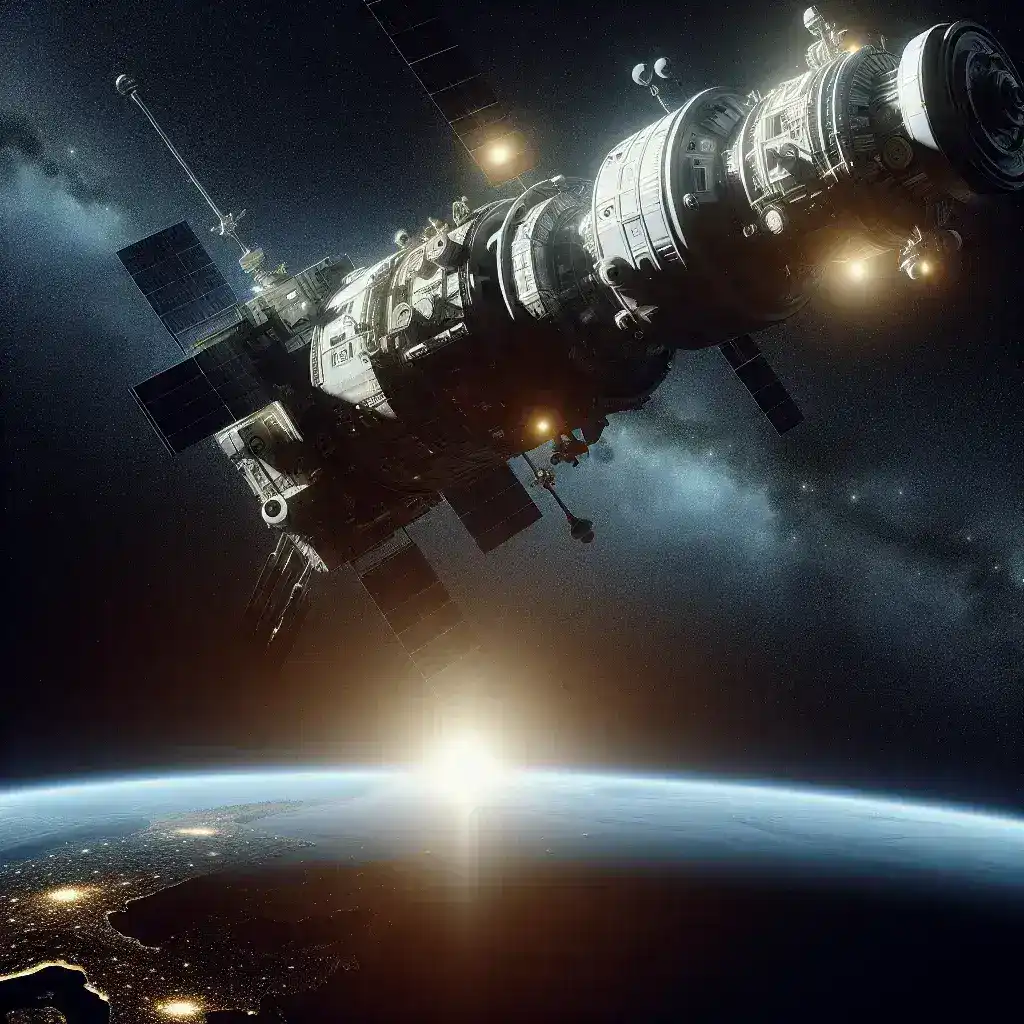ISRO’s SpaDeX Mission: A Giant Leap for Indian Space Technology and Autonomous Docking
The Indian Space Research Organisation (ISRO) has etched another remarkable feat in the annals of space exploration with the successful completion of its Space Debris Elimination experiment (SpaDeX) mission. This achievement, primarily focused on demonstrating autonomous spacecraft docking, represents a significant technological leap for India and positions the nation as a key player in the burgeoning field of space debris mitigation and advanced space maneuvers.
What is SpaDeX?
SpaDeX wasn’t just about docking; it was about autonomous docking. Unlike previous missions that relied on ground-based control for precision maneuvers, SpaDeX utilized an onboard autonomous navigation system – a crucial step toward creating truly independent spacecraft capable of complex operations far from Earth. This autonomous capability is not only vital for future deep-space missions but also for addressing the growing problem of space debris.
The Significance of Autonomous Docking
The ability of a spacecraft to autonomously dock with another object in space opens up a universe of possibilities. Imagine a future where:
- Space debris removal is streamlined: Autonomous docking systems can target and capture defunct satellites, preventing collisions and clearing orbital pathways.
- Space-based fuel depots are feasible: Spacecraft could autonomously refuel, extending their operational lifespan and enabling more ambitious missions.
- Modular spacecraft construction becomes reality: Individual modules could be launched separately and assembled in orbit, reducing launch costs and complexities.
- Deep-space exploration is enhanced: Autonomous docking facilitates the rendezvous and docking of spacecraft with other celestial bodies, enabling sample return missions and the establishment of off-world bases.
Technological Prowess Displayed by ISRO
The SpaDeX mission showcases ISRO’s remarkable progress in several key technological areas:
- Advanced Navigation Systems: ISRO developed sophisticated algorithms and sensors that enabled the spacecraft to autonomously navigate to and dock with the target object, with remarkable precision.
- Precise Control Mechanisms: The mission required extremely fine-tuned control of thrusters and orientation systems, proving ISRO’s mastery of spacecraft dynamics and control.
- Reliable Communication Systems: Maintaining constant and reliable communication between the spacecraft and ground control was essential for the mission’s success, underlining ISRO’s robust communication infrastructure.
- Robust Software and Hardware: The entire mission relied on flawlessly functioning software and hardware, demonstrating ISRO’s capability in designing and building reliable space systems.
Comparison with Other Space Agencies
While many space agencies have demonstrated spacecraft docking capabilities, SpaDeX’s emphasis on autonomy sets it apart. While NASA and ESA have achieved autonomous rendezvous and proximity operations, the level of autonomy demonstrated by ISRO in this mission is impressive, especially considering India’s relatively recent entry into the advanced space technology arena. This achievement is a testament to India’s growing expertise and its commitment to space exploration.
Challenges and Future Directions
While SpaDeX was a resounding success, there are still challenges to overcome. Developing more robust and versatile autonomous docking systems, capable of handling various target objects and challenging space environments, will require continued research and development. Future missions may focus on:
- Improving docking precision: Further refinement of navigation and control systems will increase the accuracy and reliability of docking maneuvers.
- Expanding docking capabilities: Future systems should cater to a wider range of target objects, including irregular or unpredictable shapes.
- Testing in more realistic environments: Future missions could involve docking in higher-density orbital regions, simulating real-world conditions.
The Broader Impact
The success of SpaDeX extends beyond the realm of space technology. It represents a significant boost to India’s national pride and its global standing in the scientific community. It inspires young minds to pursue careers in STEM fields, fueling innovation and technological advancement within the country. The economic benefits are also significant, with the development of advanced technologies leading to spin-off applications in other industries.
Conclusion: A New Era of Space Exploration
ISRO’s SpaDeX mission is not merely a technological achievement; it’s a watershed moment in India’s space program. The successful demonstration of autonomous spacecraft docking opens up new avenues for space debris mitigation, in-orbit servicing, and deep-space exploration. This achievement cements India’s position as a major player in the global space race and promises a bright future for Indian space technology. SpaDeX is a stepping stone to more ambitious missions, demonstrating ISRO’s commitment to pushing the boundaries of human knowledge and exploration. The future of space exploration is now, and India is ready to take its place among the leaders.
Disclaimer: This article is based on publicly available information and expert analysis. Specific technical details may be subject to change as further information becomes available.

